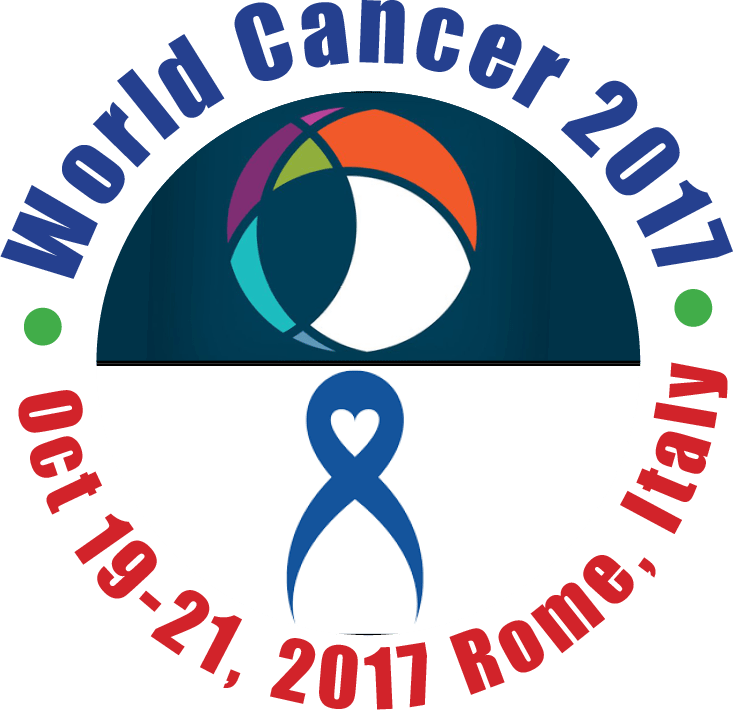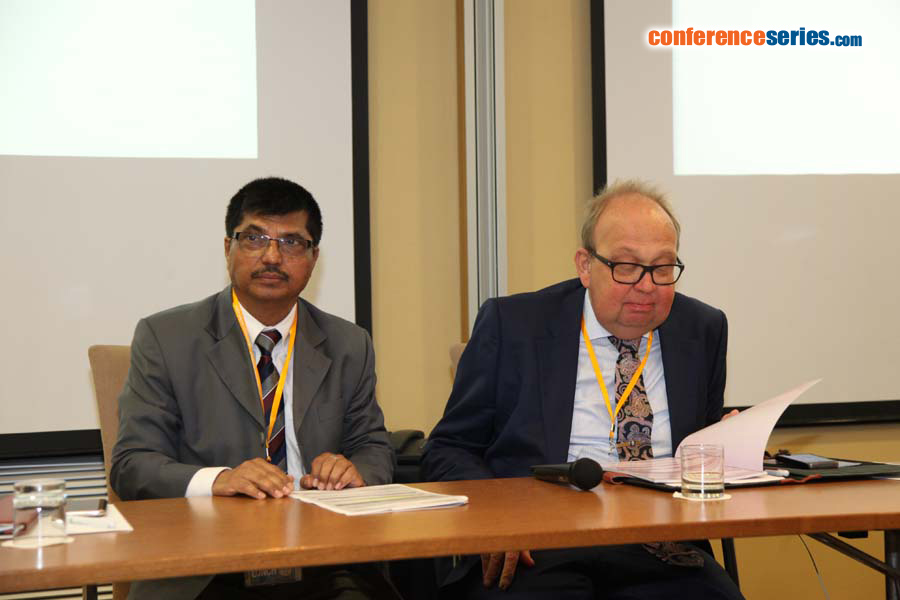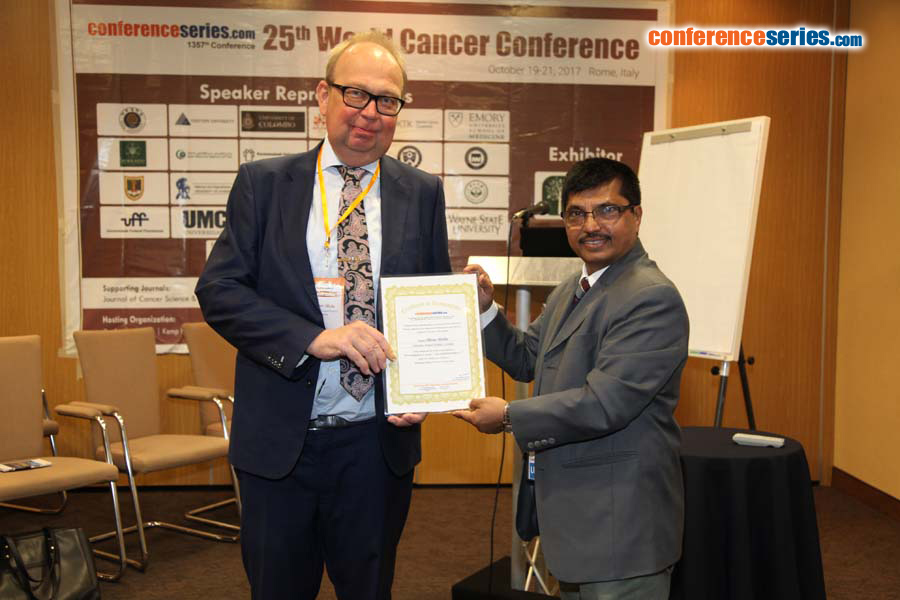
Oliver Micke
Franziskus Hospital Bielefeld, Germany
Title: Re-irradiation in cancer - Can amifostine help us?
Biography
Biography: Oliver Micke
Abstract
A second irradiation course has been established for the treatment of recurrent head and neck cancer since more than 5 decades. 24-month survival rates are limited to 30-40%. Severe acute and late toxicities are observed in up to 50% of all treated patients. Does selective cytoprotection with amifostine offer a way to reduce the high toxicity profile? We reanalyzed the data of three earlier published mono-centric studies which had combined re-irradiation of a solid tumor with the application of 500 mg amifostine IV before daily radiotherapy. 42/53 patients received re-irradiation because of head and neck cancer disease. 11 have had other solid tumors (rectal cancer 5, cervical cancer 2, endometrial cancer 2, uterus sarcoma 1, and prostate cancer 1). All head and neck cancer patients received additional chemotherapy for radio-sensitizing. The therapy was possible in all patients without serious adverse events due to amifostine. The combination of chemo- and radiotherapy was possible in all treated patients. The total irradiation doses were >110 Gy for both courses. Acute mucosal and skin toxicities (mucositis, stomatitis, diarrhea, dermatitis, cystitits and proctitis) were reduced to grade 1 / 2 level in 49/53 patients. Grade 3
/4 toxicities were seen in only <10% (n=4). No objective data were available for late toxicities and survival. In conclusion, we suggest initiating new research on the combination of amifostine and re-irradiation of solid tumors. We await the reduction of acute toxicity and positive impact on late toxicity profile as well as effect of irradiation in this situation.




